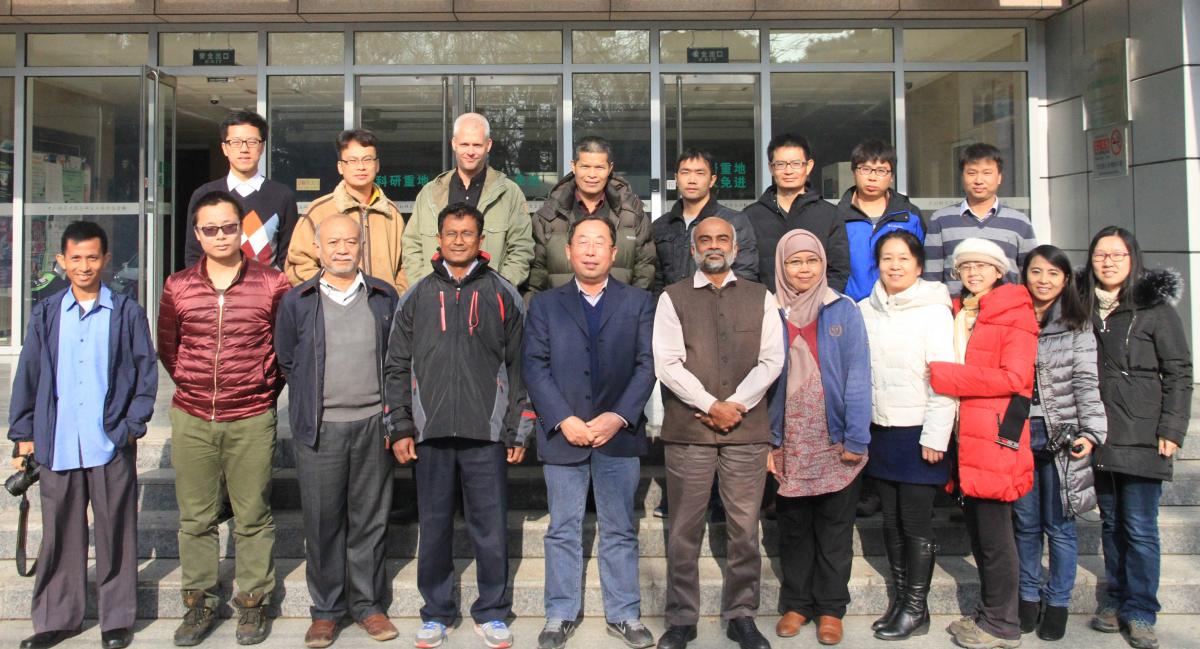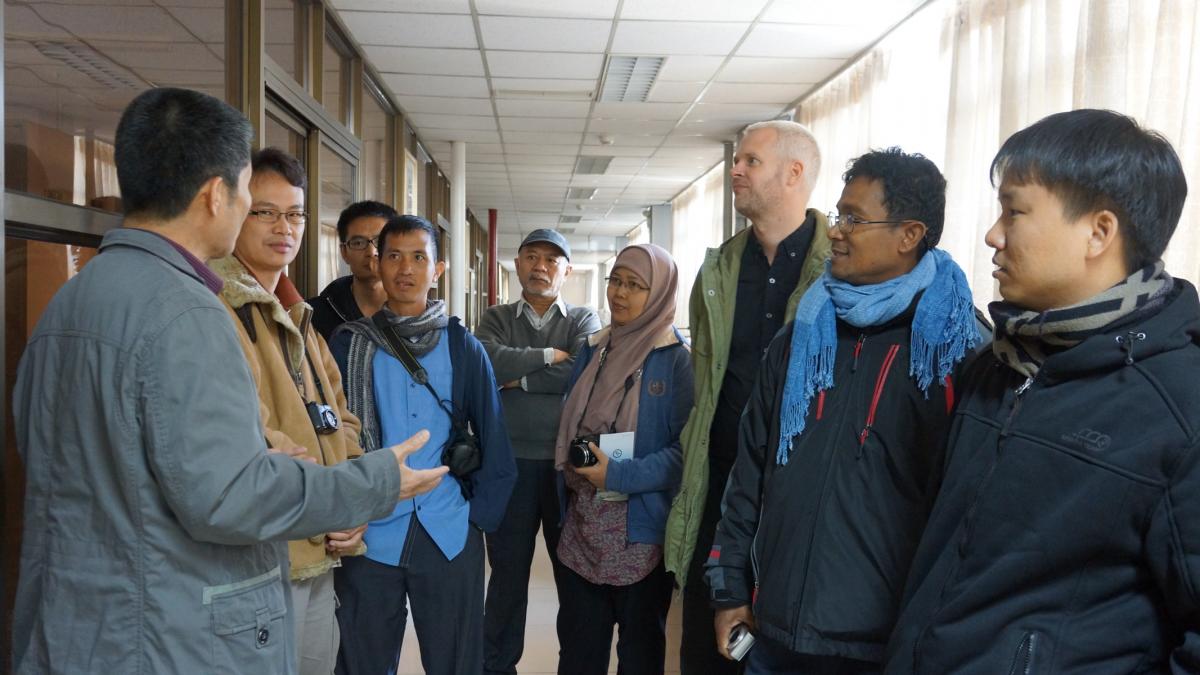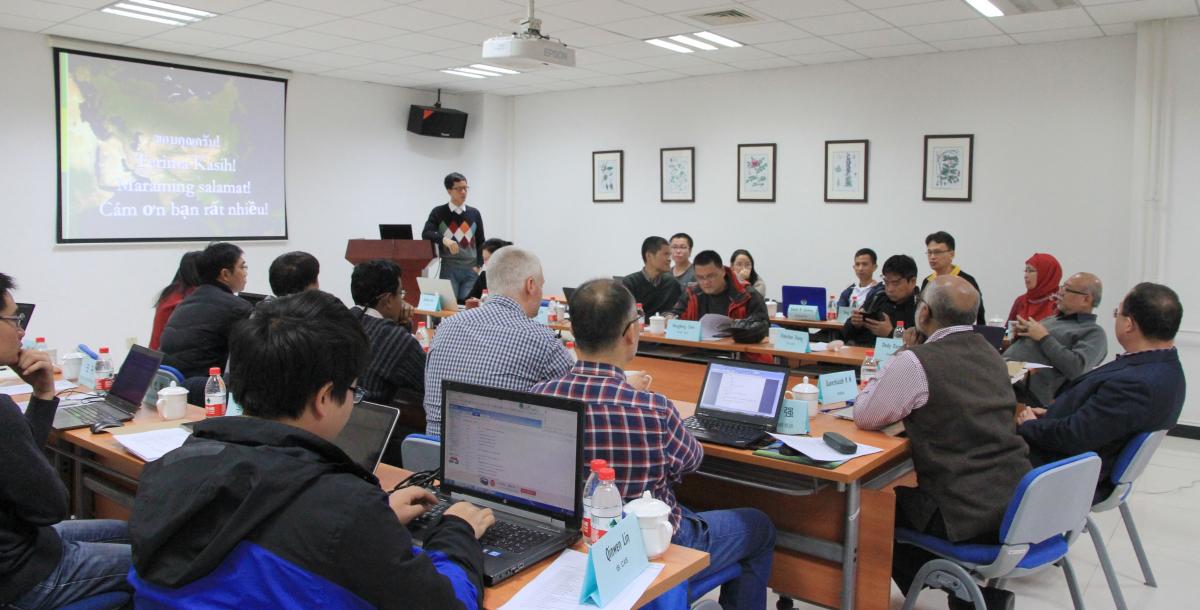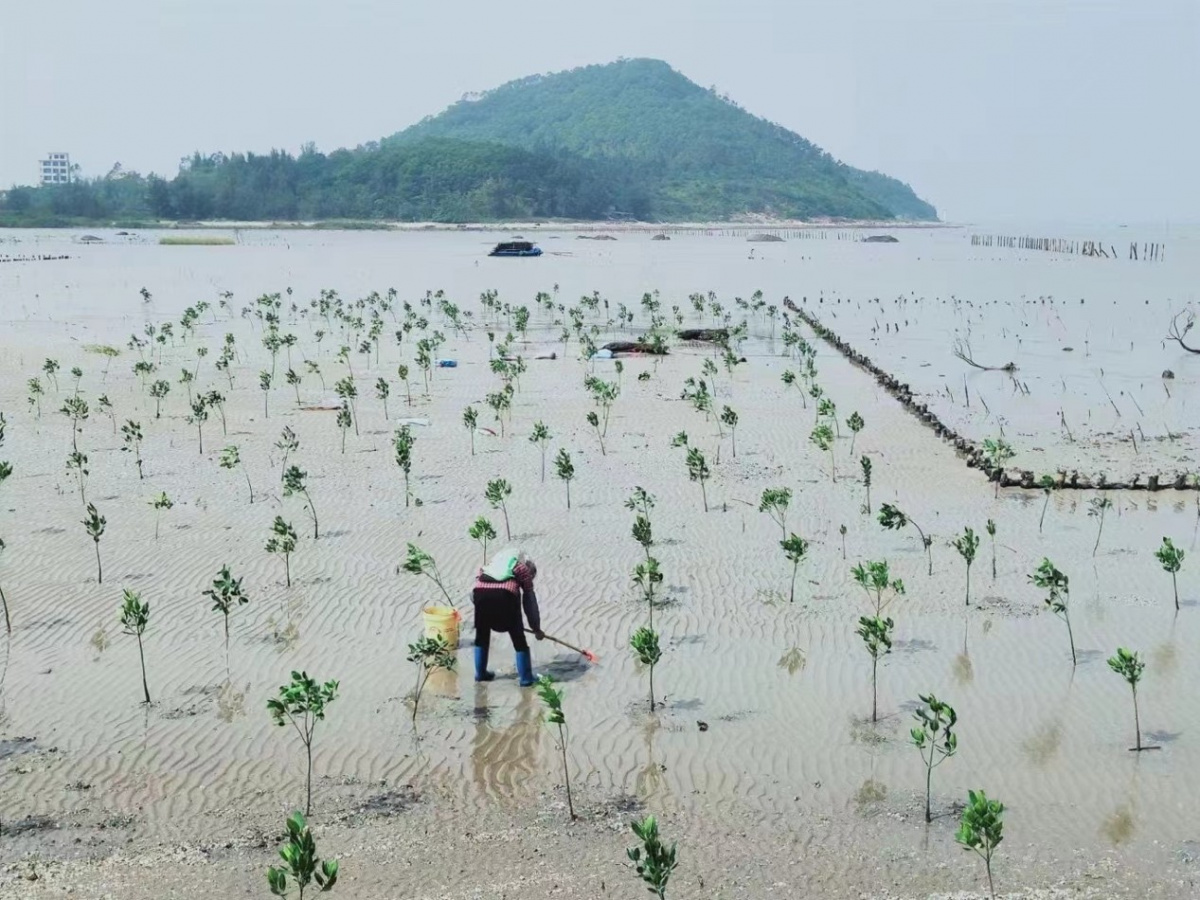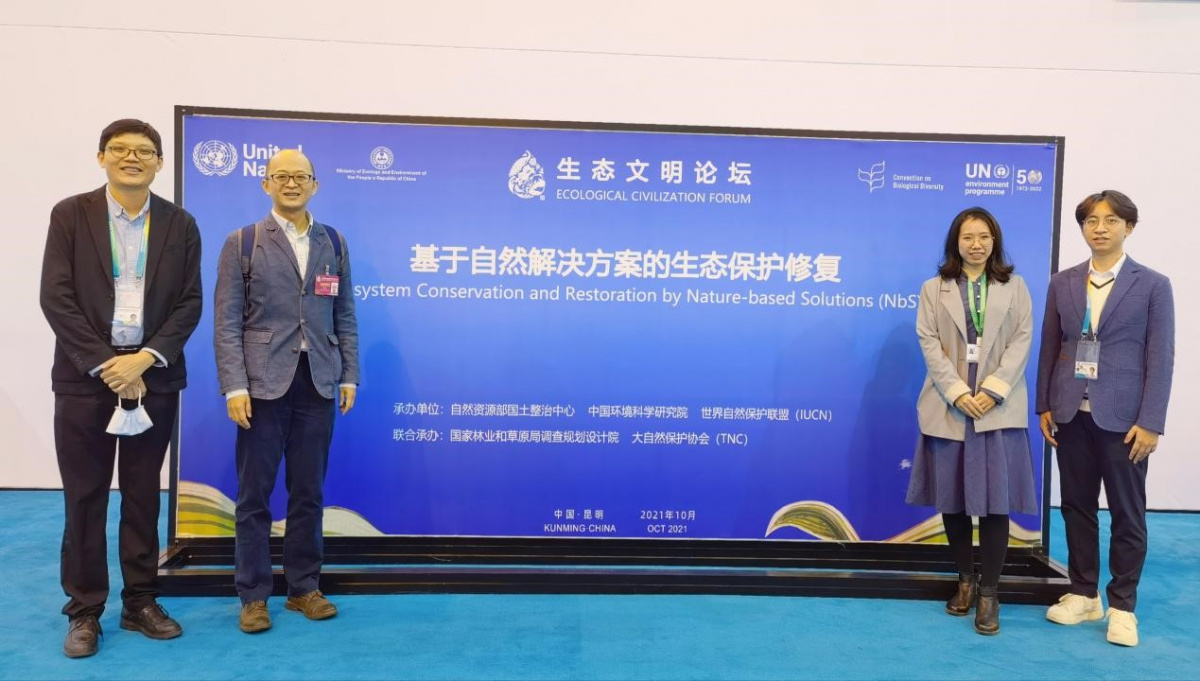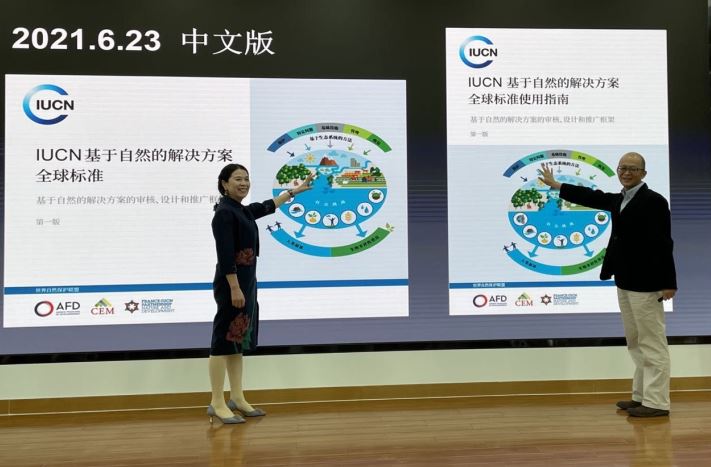Workshop on Mapping Asia Plants (MAP): Southeast Asia Plant Database Development
On Nov. 28 - 30, the Workshop on Mapping Asia Plants (MAP): Southeast Asia Plant Database Development was held in Beijing. The workshop was organised by the Biodiversity Committee, Chinese Academy of Sciences (BC-CAS), a member of IUCN. In attendance were 24 participants from China, India, Indonesia, Malaysia, the Philippines, Singapore, Thailand, and Viet Nam. The co-chairs of the Asia Biodiversity Conservation and Database Network (ABCDNet), Prof. Keping Ma, the Secretary General of BC-CAS, and Prof. Ganeshaiah K. N., from University of Agricultural Sciences, GKVK, Bangalore, chaired the workshop.
Prof. Ma introduced the background, mission, goals, progress and plans of MAP, and also the efforts in mapping China’s biodiversity, such as catalogue of life-China, digitalisation of specimens, and occurrence data from observations and literature. MAP was first proposed and discussed during the 2015 ABCDNet Working Group Meeting. Two pilot projects – the 100 most endangered plants in Asia, and Southeast Asia Plant Biodiversity Information Infrastructure (SEADiv) – were implemented. The first project was financially supported by BC-CAS and SEADiv was financially supported by Southeast Asia Biodiversity Research Institute, CAS.
Dr. Zheping Xu and Dr. Bo Liu introduced the progress of SEADiv, including the collection and digitalisation of related plant taxonomy literature for Southeast Asia. At present, about 120,000 scientific names, 1,310,000 occurrence data, and 50,000 items of literature have been uploaded to SEADiv. About 470 flora have been collected, and 114 key flora were identified for digitisation.
Participants shared the progress of plant biodiversity research in their countries, such as flora or checklists, specimens in herbaria, and database developments. They provided valuable references for SEADiv. After the discussion, all participants agreed to invite more taxonomists and strengthen the collocation with other existing projects, platforms and experts.
Dr. Yuwen Cui, on behalf of Prof. Hongfeng Chen’s team, shared the result for the selection of top 100 most threatened plants in Asia. Participants discussed the criteria and procedures, and suggested to add distribution of these listed species in Asia, and to compare the result with the IUCN Red List of Threatened SpeciesTM.
The progress of Dr. Hongfeng Wang’s research on plant biodiversity in North Asia and Northeast Asia was shared and discussed. Dr. Maofang Luo shared her work plan on GBIF species occurrence data in Asia, including the status, challenges and potential sources.
During the workshop, participants discussed and agreed on several main points:
- The nature of the project MAP is of biodiversity informatics rather than plant taxonomy;
- MAP’s mission is to build a network infrastructure for mapping plant diversity in Asia;
- Key targets of MAP are working on a plant checklist for Asia, different parts of Asia and different countries of Asia and species distribution databases associated with the checklists, based on existing data;
- MAP would set up an alliance promoting data sharing among members;
- Training workshops will be conducted in data mining;
- The next steps will be mapping plants in South Asia and the northern part of Asia.
After the workshop, participants visited the Herbarium and the Library of Institute of Botany, CAS, which helped them better understand plant biodiversity research and conservation in China.
This workshop provided a significant basis for integrating plant checklists and associated distribution information in Southeast Asia. It was also a start of a regional cooperation on plant biodiversity research, conservation and data collection. Similar workshops will be organised for the northern part of Asia early next year.
